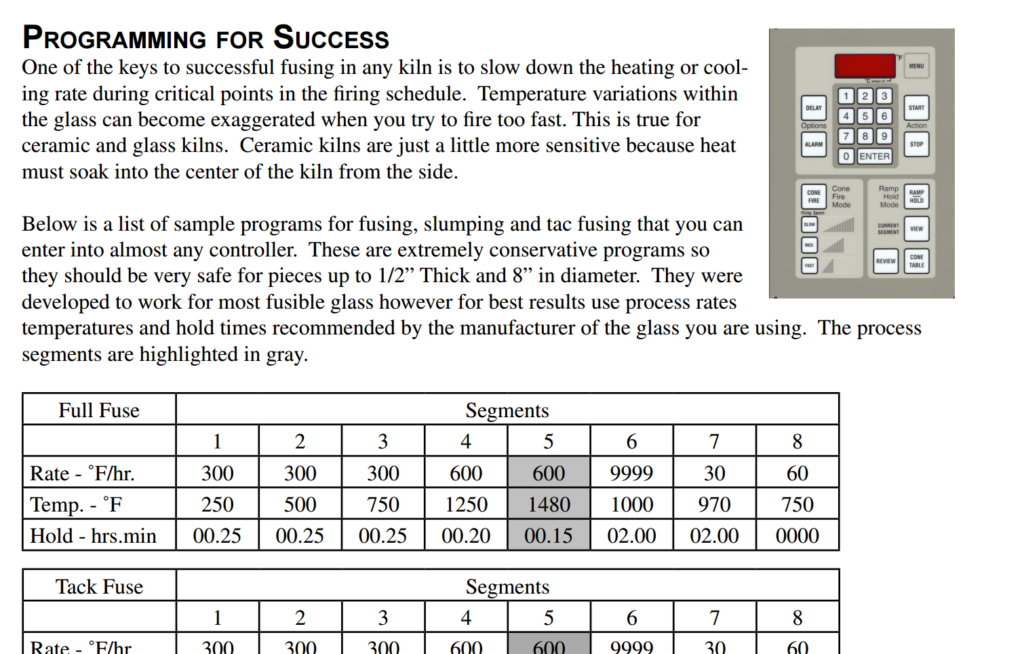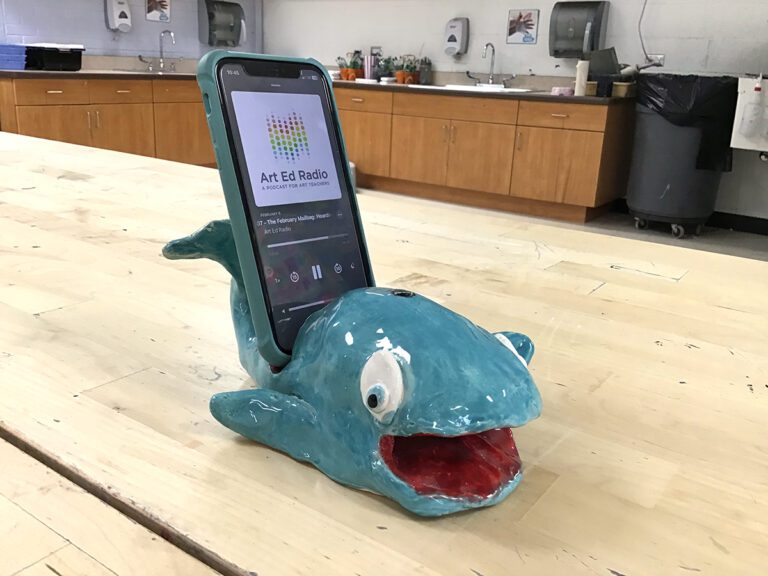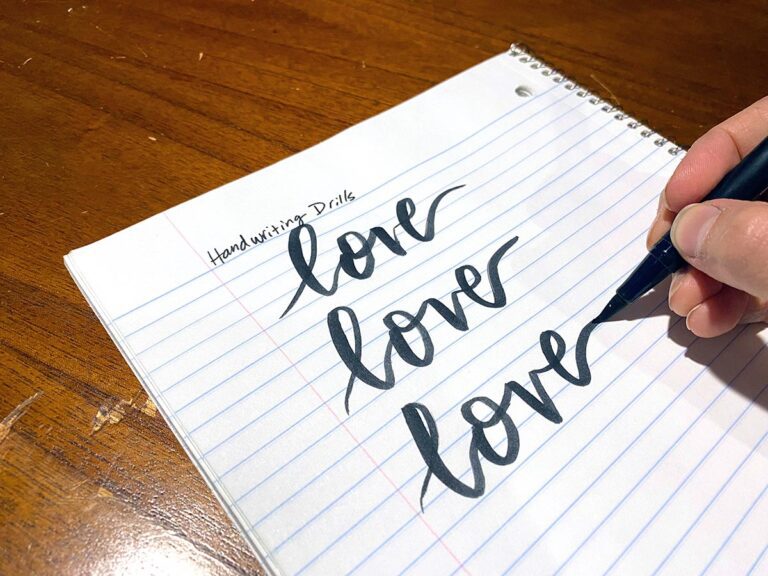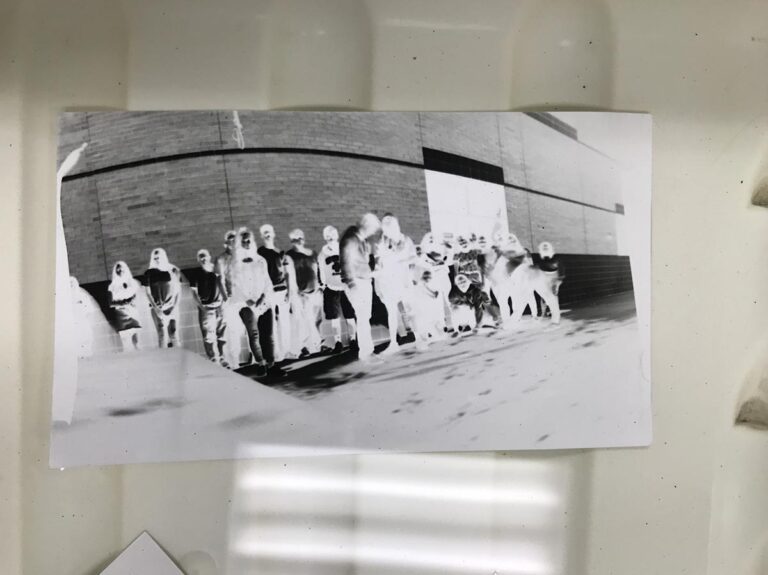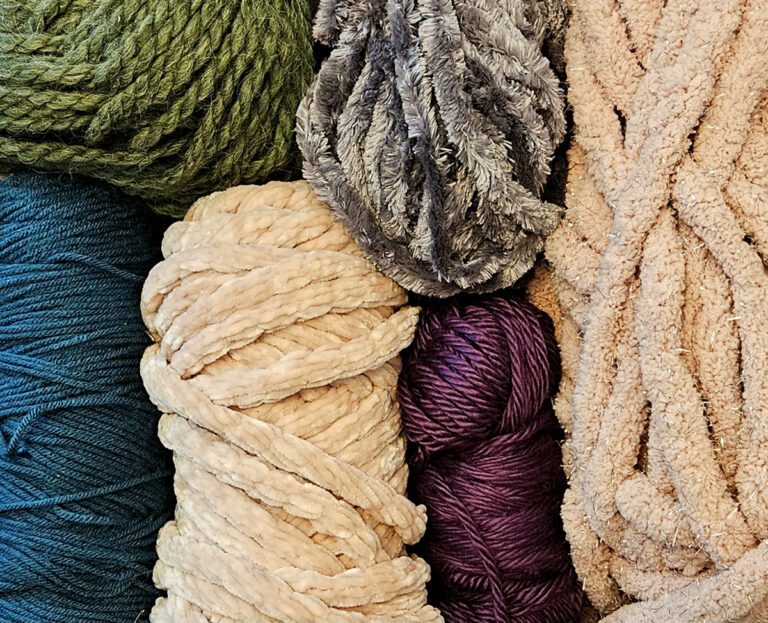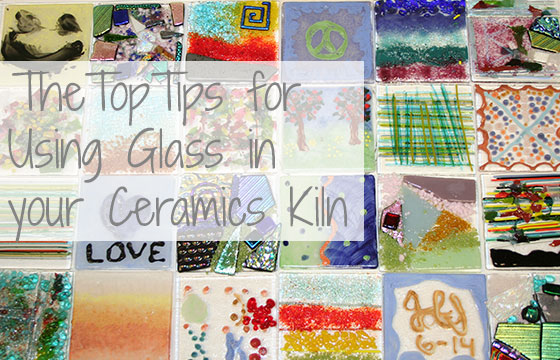
Imagine this scenario: You open the kiln for the first time after a ceramics project’s glaze firing, and peek inside. An array of colors and textures, perfect little projects to send home stare back at you, just waiting to be shared. They are guaranteed to get a WOW from parents and are likely to be kept in glass cabinets and window sills for years to come. I still have pieces of clay I did in school, don’t you?
Sadly, clay is usually one of the only media in the art room that has this profound impact because it feels real, solid, and tangible to students. I am left wishing there were more opportunities for students to work with unique materials like this, but frankly, the options out there can be intimidating. It just so happened last spring at NAEA I was browsing the exhibitors floor, I ran into Maria from the glass art supplier, Ed Hoy’s International. We got to talking about all the options for using glass in the art room and I was instantly intrigued. I had never ventured forth using glass in my kiln, in fact, I didn’t even know I could! I was eager to learn more from Maria (she is really a wealth of information) and I wanted to share my findings with all of you.
Here are some of the initial questions I had and some of Maria’s answers. I hope it helps!
What is the Difference between a Glass Kiln and a Ceramic Kiln?
The main difference between a glass kiln and a ceramic kiln is that glass kilns generally heat a single layer from the top and ceramic kilns heat multiple layers from the side.
The reason glass kilns were designed to heat the kiln from the top is because the majority of glass projects tend to be relatively flat. With the heat being radiated from the top, the entire face of the glass “sees” the heat at the same time. This keeps temperature differences within a glass project uniform and prevents cracking.
The same uniform heating results can easily be attained by simply slowing down the firing. Because there are a lot of technicalities, the following resource from Skutt Kilns really breaks this down. It might be helpful to you if you want to learn more – Keep this on file as a resource when you are ready!
So now that know I CAN use glass my kiln, what other science is involved that I should be aware of?
Glass expands when heated and contracts when cooled. The rate that this movement occurs is referred to as the Coefficient of Expansion (COE). The two most common COEs are 90 and 96. Either coefficient works well in the classroom, but they may not mix or breakage will occur. Sometimes this breakage occurs immediately, and sometimes it occurs in the days or weeks that follow a firing. Either way, mixed COEs create disappointing results.
What if I don’t know the COE of a glass?
There are 2 options when you don’t know the COE.
- Glass is always compatible with itself and may be fused together for tone on tone designs or simple slumped forms.
- Use the glass for mosaics. This is a beautiful way to incorporate glass in the classroom for all ages. ( More info on glass mosaics tomorrow…)
How do I prepare the kiln shelf for glass?
Glass will stick to the kiln shelf if there is no barrier between them.
Again you have 2 options when protecting the kiln shelf.
- Kiln shelf paper can be used to line and protect the shelf. Some paper is good for multiple firings, while others are single fire use. This option is convenient but more expensive than kiln wash.
- Glass kiln wash is specially formulated to easily separate glass from either a shelf or mold. Primo Primer is especially easy to use. It removes from the shelf after firing by simply brushing or by wiping with a damp sponge. No tedious and or messy scraping is required. Primo Primer also retains the fine detail in any mold (i.e., the veins in a butterfly wing.)
See, with a little research and some planning, you can bring the beauty of glass to your art room, even in small ways. Along your journey you may hear some common misconceptions about using glass in the ceramic kilns. Here are a couple of the most common:
Wow- That was a lot of information! I hope it helps you see more possibilities for your art curriculum. If you are like me, it’s worth a little extra research to give students that ‘WOW’ factor with an art project they just can’t get anywhere else in the school. Art wins!
Have you ever tried to use glass or other non-traditional materials in your kiln? How did it go?
What questions do you still have about using your kiln for glass? We will do our best to help.
Magazine articles and podcasts are opinions of professional education contributors and do not necessarily represent the position of the Art of Education University (AOEU) or its academic offerings. Contributors use terms in the way they are most often talked about in the scope of their educational experiences.

